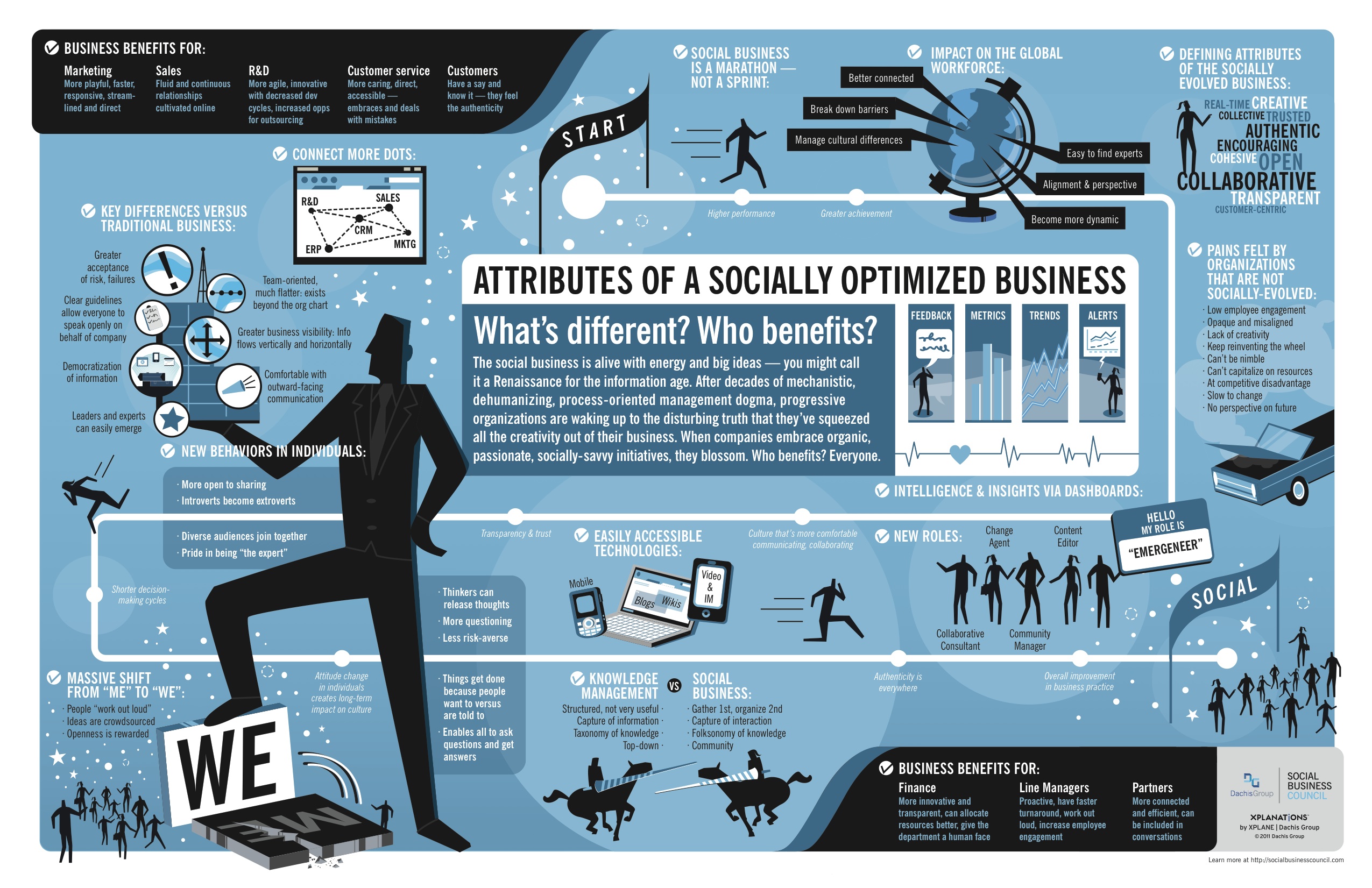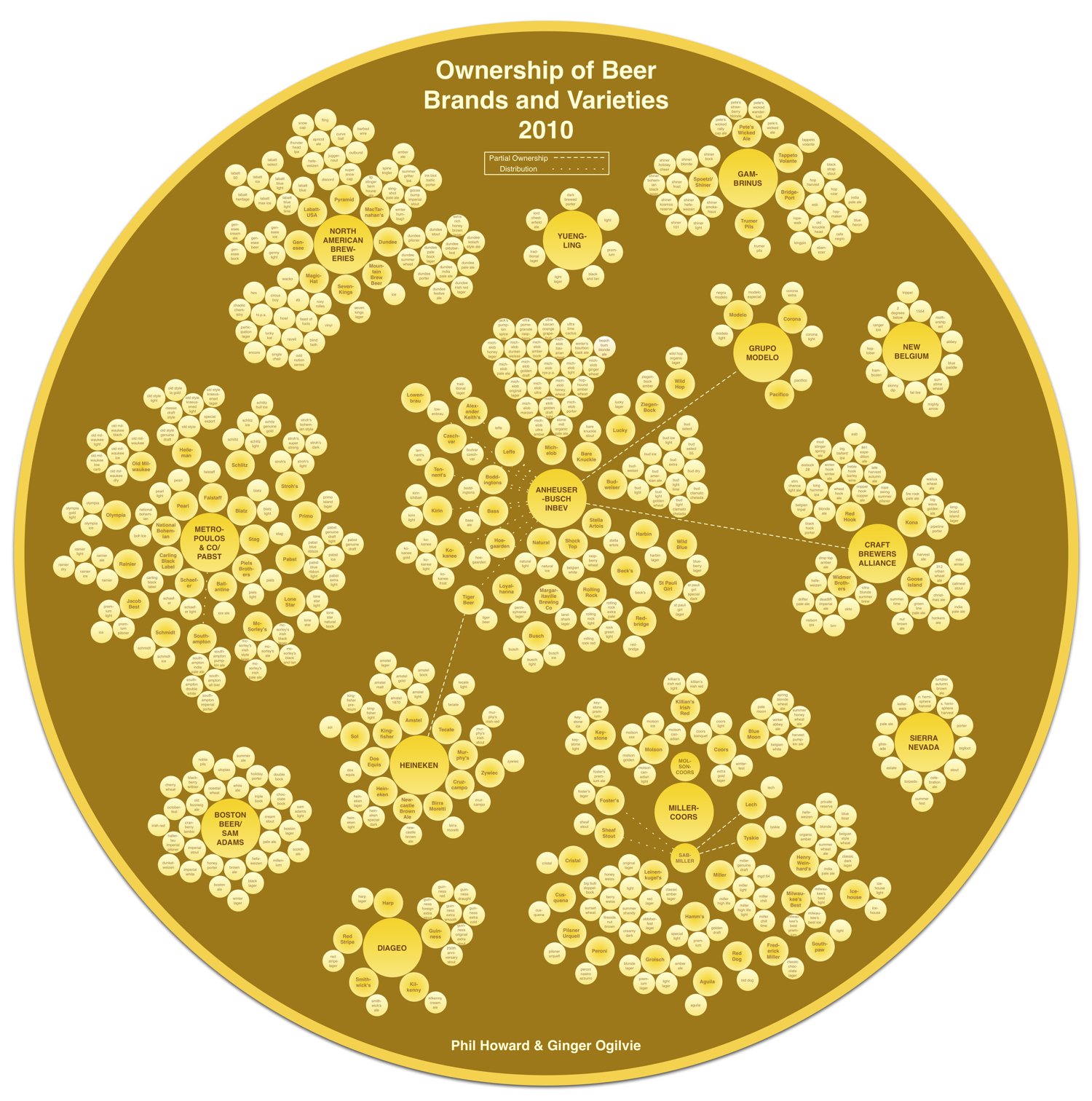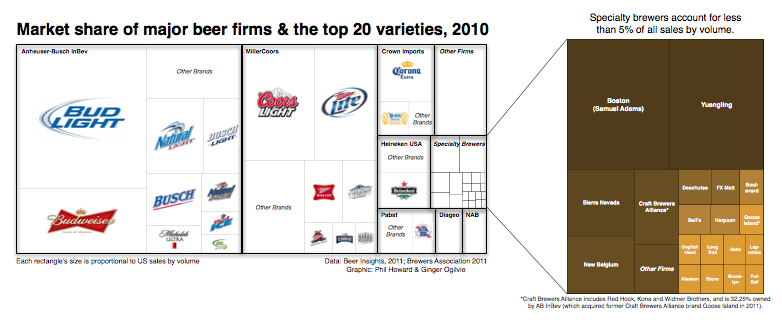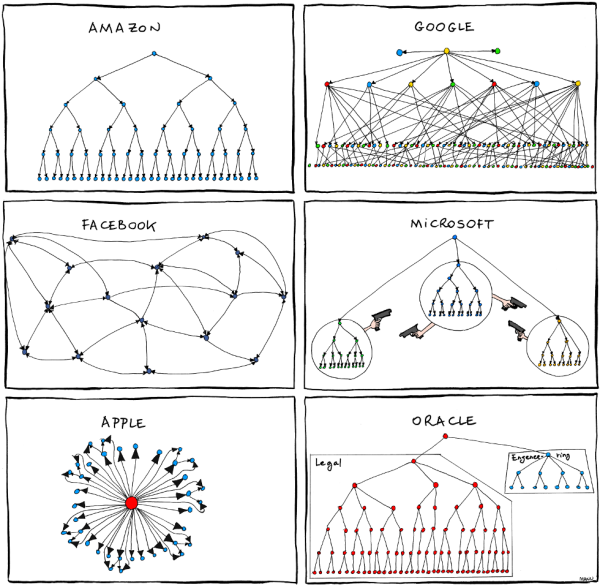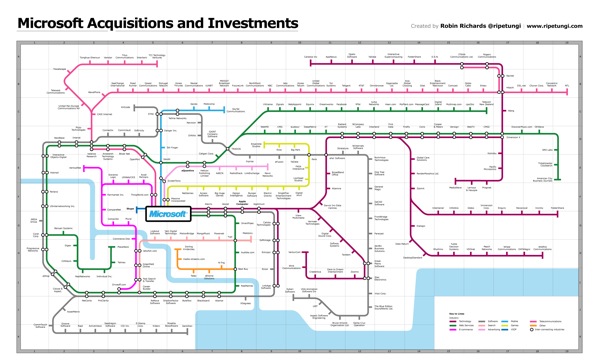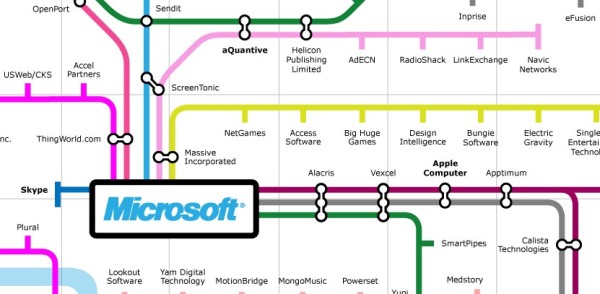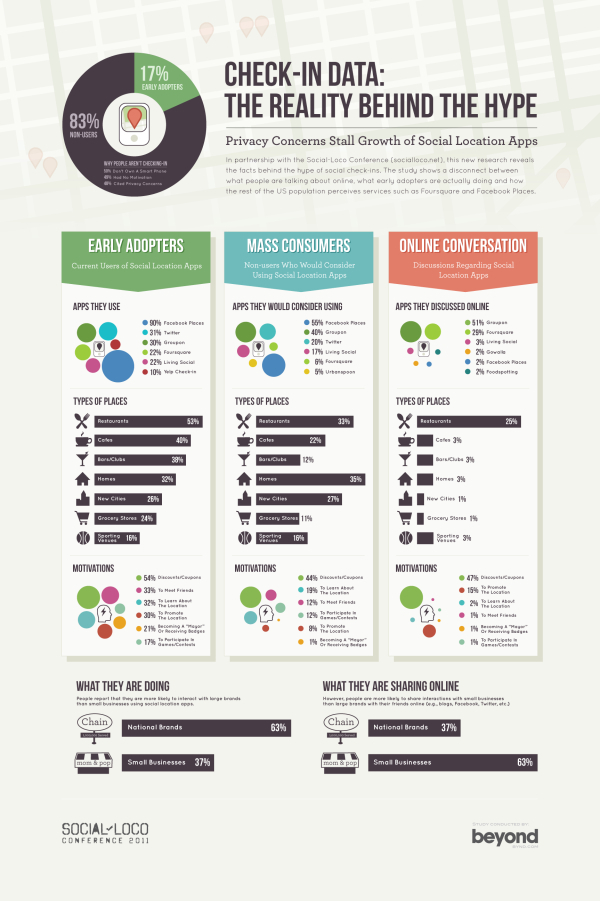Client Infographic: Top 20 Marketing Automation Software Solutions
Designed here at InfoNewt for Capterra, the new infographic: The Top 20 Marketing Automation Software Solutions explores the relative Popularity of different software companies playing in the Marketing Automation arena.
In this design, I used a pie chart to represent the total Popularity of the Top 20 solutions, and connected the related company logo to each slice as appropriate. It was a specific design choice to list the rank number, but not the specific percentage of each slice. Because the data was gathered and combined from a number of different sources that can change daily, the results needed to be informational at a general level and valid for a longer period of time. Visually, you can quickly and easily understand the relative popularity, but the specific value isn’t relevant to any purchase decisions.
An infographic product comparison is a great way to help buyers cut through the clutter and add value. There are currently 184 software solutions listed in the Marketing Automation category directory, so buyers need some way to compare products and make an informed decision.
Capterra is the authority when it comes to finding software solutions for businesses, and they’ve done some great work gathering data and measuring the relative popularity of different software categories. Although popularity doesn’t necessarily mean the software is right for your business, it is a really good indicator that the solution is working successfully for many businesses and may be worth a closer look. A better indicator than just total revenue or trying to rate “the best.”
Designed in OmniGraffle, and I cleaned up the logo images using Pixelmator.
Thanks to Mike and the great work from the team at Capterra!


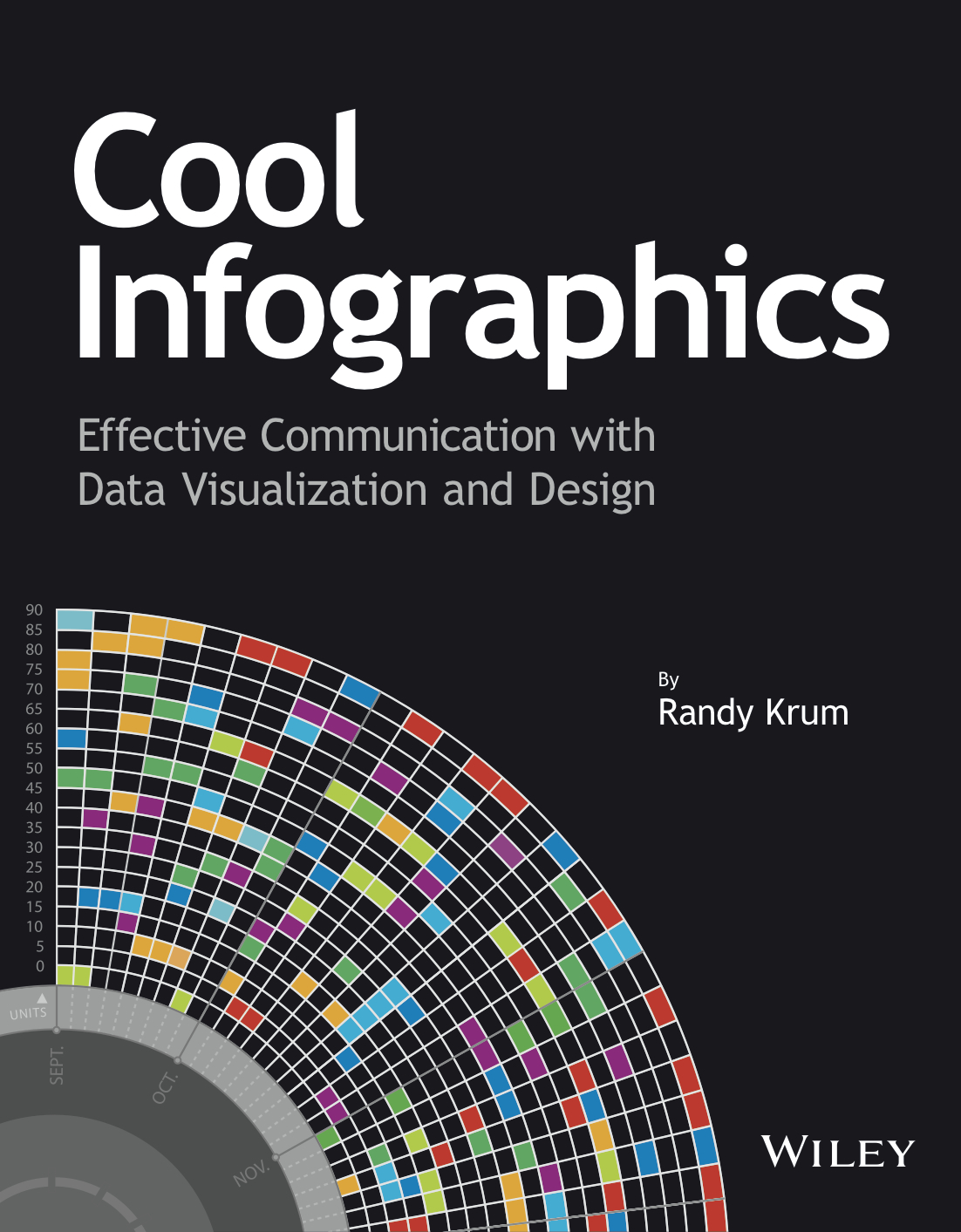





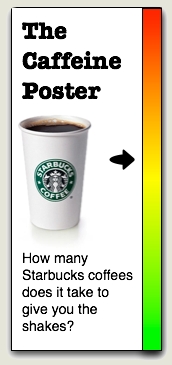
 Randy
Randy

